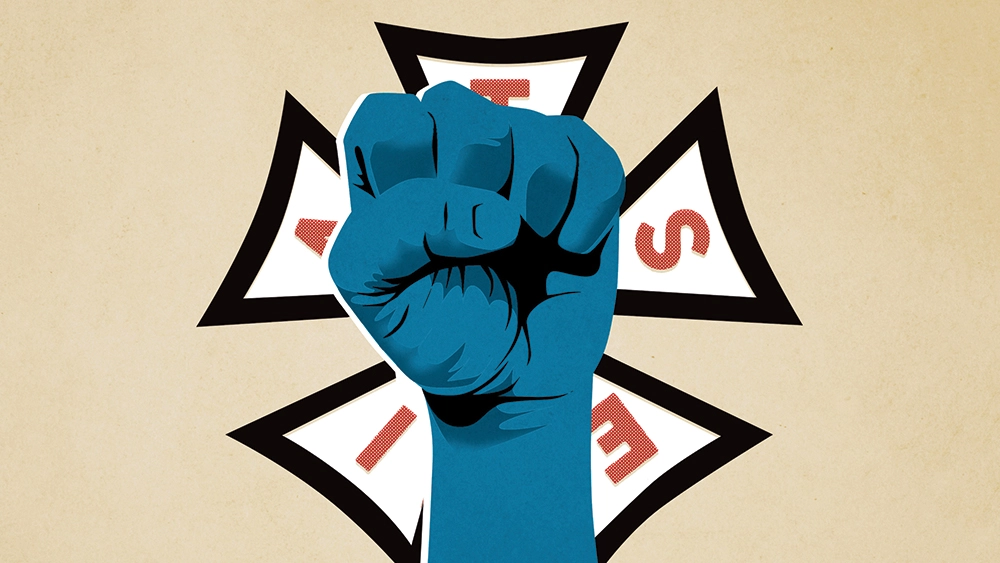
WORKERS vs.
the STREAMING STUDIO SYSTEM
Resistance,
Below the Production Line
Workers are fighting back against the power of the streamers as they exacerbate inequality and working conditions in the media industry, mirroring the widening inequality at the dawn of the 21st century. They are using the more open digital platforms to organize and share their stories. This article explores worker strategies for resisting Hollywood’s digital empire through an analysis of stories posted to the @ia_stories page of crew members represented by the IATSE union.
In late October 2021 veteran director of photography Halyna Hutchins died suddenly on the set of Rust, a film starring star Alec Baldwin, who pulled the trigger; subsequent accounts laid the blame on production for “cutting corners.”[i] The news of her death sent a shockwave through the industry where just two weeks before unions representing 60,000 film & TV below-the-line workers voted to authorize a strike for better working conditions. On her posthumous Instagram page, Hutchins described herself as a “restless dreamer”[ii] and many workers saw themselves in her. Having given hours of their lives to Hollywood in the hopes of participating in movie magic, often sacrificing personal dreams in the process, they had enough.
In the months leading up to the vote and her death, an Instagram page, IATSE Stories (@ia_stories) spread like wildfire, acquiring over 100,000 followers in a few short months with an endless stream of anonymous stories about working conditions in Hollywood. The first story was short: a production assistant who worked for 24 hours straight and nearly fell asleep driving home. It opened the floodgates. During the Covid-19 pandemic, television and film streaming rapidly expanded with people tied to their homes and unable to engage in more social forms of entertainment (Alexander). As a result many networks had a backlog of content in development coupled with new and increased demand for programs. When production resumed, many platforms and networks sought to create content as quickly and as cheaply as possible. Workers noticed the increasing demand for their labor without the increase in its value.
Figure 1.
Figure 2.
IATSE workers used digital engagement to make visible their working conditions, both to the industry, to audiences and to each other. Early in the campaign they identified streaming as a critical context for their concerns, releasing spreadable images like “New Media Is Not So New Anymore #IASolidarity” and rewriting trade press headlines like “IATSE Gearing Up For Possible Strike Against Film & TV Industry Billion Dollar Conglomerate Corporations (and Netflix) Who Profit off Their Labor While Refusing to Pay Living Wages & Subjecting them to Abusive Hours During a Pandemic” (see Fig. 1 and 2). The use of bright red with white and black text in Fig. 1 strikes contemporary viewers as a sly reference to Netflix, then underscored weeks later with the parenthetical in Fig. 2. Netflix became a target as one of the distributors spending the most on content development and production. Around the time of the strike trade publication Variety, promoting its new Variety Intelligence platforms, was taking out ads on Instagram showing a graph of the billions each streaming platform was spending on content, with Disney and Netflix topping the chart at roughly $15 and $20 billion respectively (Fig. 3). The @ia_stories account posted it with the caption “they can all absolutely afford an #ialivingwage #iareasonablerest #iasustainablebenefits . #iastories #iasolidarity.”
Figure 3
Workers recognized the rising power of streaming distribution, enabled by the studios owning consumer-facing platforms. Increasing demand for stories combined with centralized control over the process exacerbated already problematic working conditions. We analyzed a sampling of 115 anonymous submitted posts from self-identified “below-the-line workers'' involved in various stages of production between the dates of August 1st, when the Instagram account was started, to September 28th, in the midst of strike approvals. We established 13 thematic codes based on the content of the submitted story posts: financial instability, issues with labor and financial distribution, poor leadership, physical health compromise, mental health compromise, long work days, fear inducing circumstances, unfair compensation, threat of replacement, harmful effects on personal life, positive experiences, pressure from management, and support for the Instagram account or union action. The three most prominent themes discussed in these posts were instances that posed a threat or compromise to physical health; long working days of either 10 or more hours in a day or 50 or more hours in a week; and poor leadership in the form of out of touch, apathetic, or abusive supervisors. Other themes were mentioned anywhere from 9-18 times in the sampling of posts, but these three themes were indicated in more than a quarter of all of the posts.
Health impacts were primarily the result of stress, exhaustion, or unhealthy work expectations. A former industry worker described the long term health issues accrued as a result of harmful bosses and poor on set experiences. They detail, “During this time, I started experiencing some brief moments of my vision getting messed up. Flash forward 3 years and symptoms have worsened and after thousands of dollars and missed work days at a new job it turns out its MS. MS is triggered by stress. I’m 28.” The specific experience of nearly crashing a vehicle after being exhausted from the hours was described repeatedly within the sample. A post reads, “One day, after working 18-hour days straight for 4 days on a union show as a set PA, I fell asleep at the wheel and briefly swerved into another car.” A 2nd AC described the physical harms caused by the job. “Lady 2nd AC here. I have regularly asked my doctor to prescribe me extra antibiotics for UTIs that I get from not being able to use the bathroom frequently enough.” Working long hours almost always corresponded with physical safety risks or compromise. One post read: “I worked 80-100+ hour weeks as a script coordinator and experienced: anxiety, racing heart rate, depression, alcohol/sleeping pill dependence, blurrier vision, first time suicidal thoughts, hair falling out, insomnia, burn out -- all for $18/hour. For one of the wealthiest networks in the world.”Across posts, it is increasingly evident that the physical conditions of working in pre-production, production, or post exacerbated or created health risks and issues for workers.
Experiences with poor leadership showed up 38 times in the sample. The criteria for a poor leader was supervisors or higher ups that were abusive, out of touch, or apathetic. Verbal or physical abuse were not very common in the sample. Most experiences fell in the category of either out of touch or apathetic leadership. A crew member describes an encounter with a network executive that demonstrates their relatively minimal understanding of the workings of production. The post reads, “Something I’ve noticed about studios is that the people who work in them often have never worked on a film production/on a set and don’t even know how a production works on that end. One time I was talking to a studio exec and they didn’t even know what a production coordinator was, or did. So how are these people supposed to help us if they have no idea what our jobs are? They get to go home at 6pm everyday, while we are working till 6am to make their show.” This knowledge gap on the studio side allows production leadership to take on an uncaring attitude towards their crew with few repercussions. An AD describes her experience advocating for the welfare of the crew. “I often end up arguing with producers over the hours that we end up working and usually ultimately being blown off. I literally threatened to quit the other day just to make my point.” The indifference of studios and production leadership when faced with matters pertaining to the crew is troubling. Poor leadership in many of the posts reflects a lack of value for lower ranking crew members
IATSE narrowly avoided a strike that would have been one of the largest disruptions in the production of film and television since the industry's formation. The new contract guaranteed 54 hours rest after 5 day weeks, a 3% increase in wage, increases in compensation for lower crafts, and coverage of a $370,000,000 health and pension deficit. Though many are still unhappy with this citing the fact that 14 hour days would still be allowed under this plan (Sakoui). The @ia_stories account represents a new wave of activism for the union despite the new contract ratification. As of December 2021, the account boasts over 167,000 followers and is still growing. The page is very active and receives sizable post engagement. The account has expanded to be run by a collective of individuals and now offers resources, advocacy, and support for those working “below-the-line” in the union and beyond. The increased push for attention to worker stories and experiences could likely continue to galvanize those in the industry to demand sustained change.
[i] Gene Maddaus, “‘Rust’: Halyna Hutchins’ Family Takes First Step Toward Filing Wrongful Death Suit,” Variety (January 28, 2022): https://variety.com/2022/film/news/halyna-hutchins-rust-lawsuit-wrongful-death-1235166150
[ii] https://www.instagram.com/halynahutchins/?hl=en
[iii] Andrew Wallenstein, “Dare To Stream,” Variety VIP+ Intelligence.




